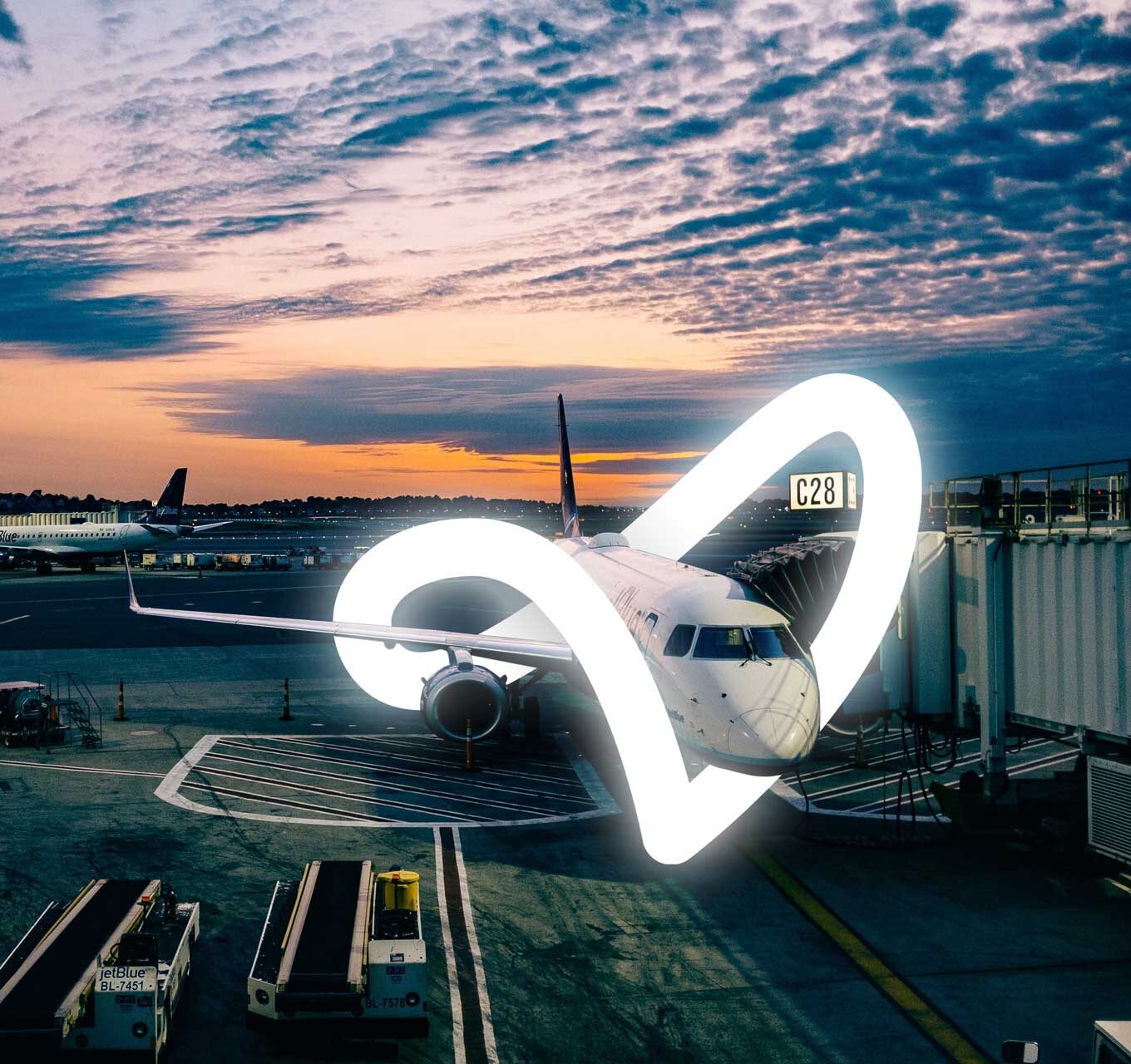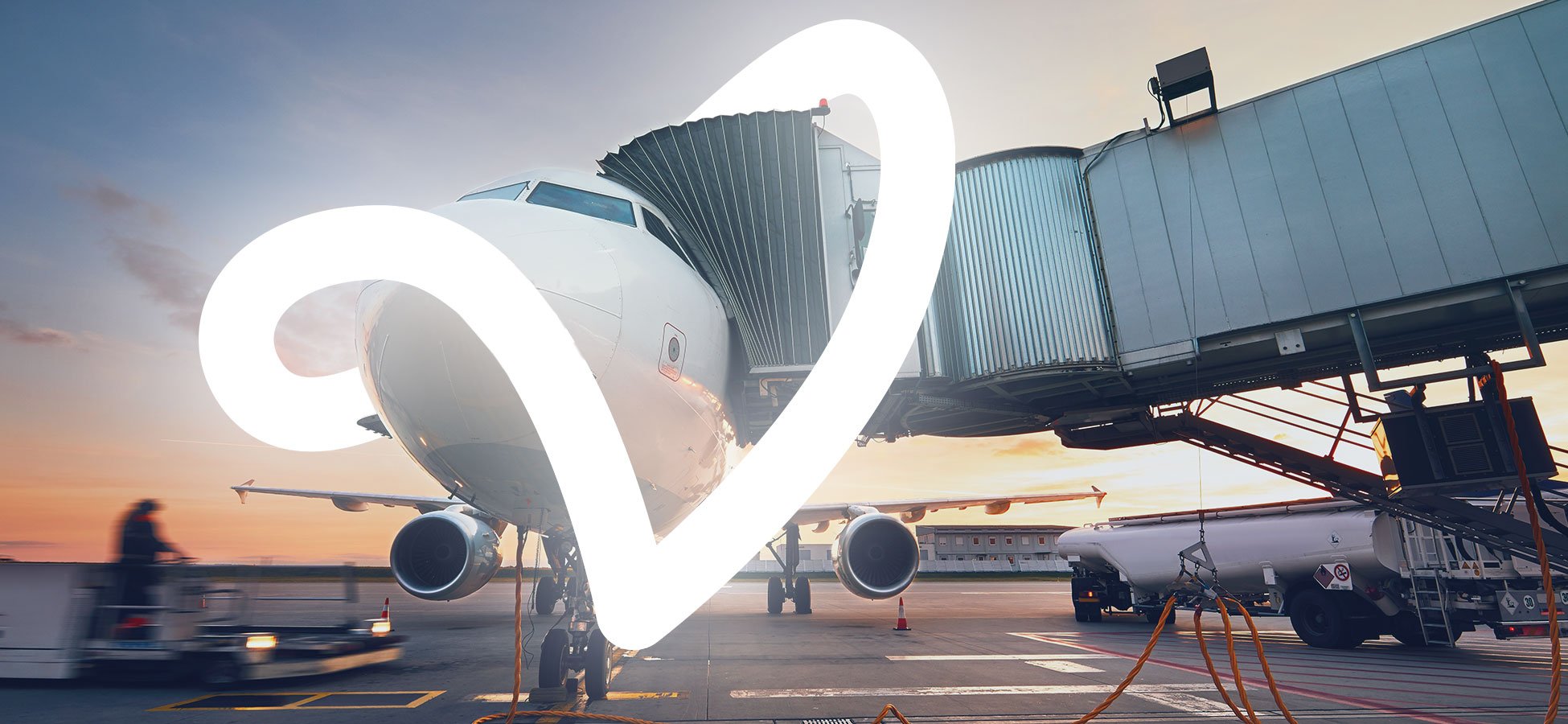Customer satisfaction for airlines and airports often pivots on ‘on-time departure’ performance. How can airports proactively ensure punctuality and smooth the guest travel experience?
Punctuality is a key factor for travellers when choosing both an airline and an airport. A survey by Ipsos MORI, on behalf of NATS, the UK’s Air Navigation Service Provider, confirmed that operational performance influences travel decisions for most passengers.
Still, many airports lack good visibility and control of their crucial performance levers.
With upfront awareness of possible late arrivals, airports can make the best decisions to limit potential capacity constraints. Even for timely arrivals, ensuring the availability of the right crew and resources for turnarounds, alongside insights that reduce the likelihood of late passenger arrivals at the gate, can significantly improve airport on-time departure performance.
By connecting passenger movement prediction with insights into operations from key systems, such as Total Airport Management and Collaborative Decision Making, airports can make significant steps toward a holistic and collaborative approach to a performance-driven ecosystem.
1) Ensure timely gate show ups
The heightened focus on airport security and capacity constraints can translate to longer wait times and late passenger arrivals at the gate.
By accurately forecasting wait times, based on flight schedule, weather, and seasonal factors; proactively communicating wait times and delays to passengers; and flexing resourcing to manage peak demands, airports can significantly reduce guest bottlenecks.
However, what happens when the delay is beyond the airport – like when traffic congestion or a road accident hampers timely arrival for passengers, airport staff and airline crew?
Auckland is a city facing significant traffic congestion. Auckland Airport took proactive steps to address late arrivals by using predictive analytics, which helps guests understand the best time to leave home. As a result, the airport has, on average, shaved 10 minutes off arrival-to-terminal door times.
Layering this type of traffic analytics with passenger movement predictions can then be used to optimise the entire door-to-gate journey.
2) Activate the ecosystem for faster turnarounds
Coordination of resources and airport partners can accelerate the turnaround process, and get more flights leaving on time.
Birmingham Airport has boosted turnaround efficiency with intelligent automation. As daily events unfold, airport resources, such as stands, are dynamically reallocated to best fit the new flight schedule, minimising disruption.
Connecting operations to the rest of the airport, from ground handlers to catering, using software such as Collaborative Decision Making (CDM) can drive even higher performance. By creating more awareness of each’s role in the turnaround process, airports generate more accountability.
3) Tap into historical trends to drive improvement
With hundreds of sensors and systems, airports have significant opportunities for data-driven optimisation. Predictive collaboration offers airports a way to make sense of that data to make better decisions, in real-time and long-term planning.
Cincinnati/Northern Kentucky International Airport (CVG), consistently awarded Skytrax top 3 best world airports (5-10 million passengers), is working with its partners at TSA to use live and empiric guest movement data to refine security resourcing and processing plans. As a result, security line wait times have been reduced by one-third.
On the airside, airports like Auckland Airport blend historical air traffic data, apron congestion and aircraft towing times to predict an aircraft’s Off Block Time. This improves pre-departure sequencing for all aircraft, lifting on-time departures and with stand planning models also refreshed in a continuous improvement cycle.
Passengers should not have to accept that delays are inevitable. With ecosystem collaboration, predictive analytics and intelligent automation playing an increasing role in an airport’s operations toolkit, they do not have to. By transforming their approach to on-time departures, airports can not only reshape the travel experience but successfully compete for and retain the loyalty of guests and airlines alike.


